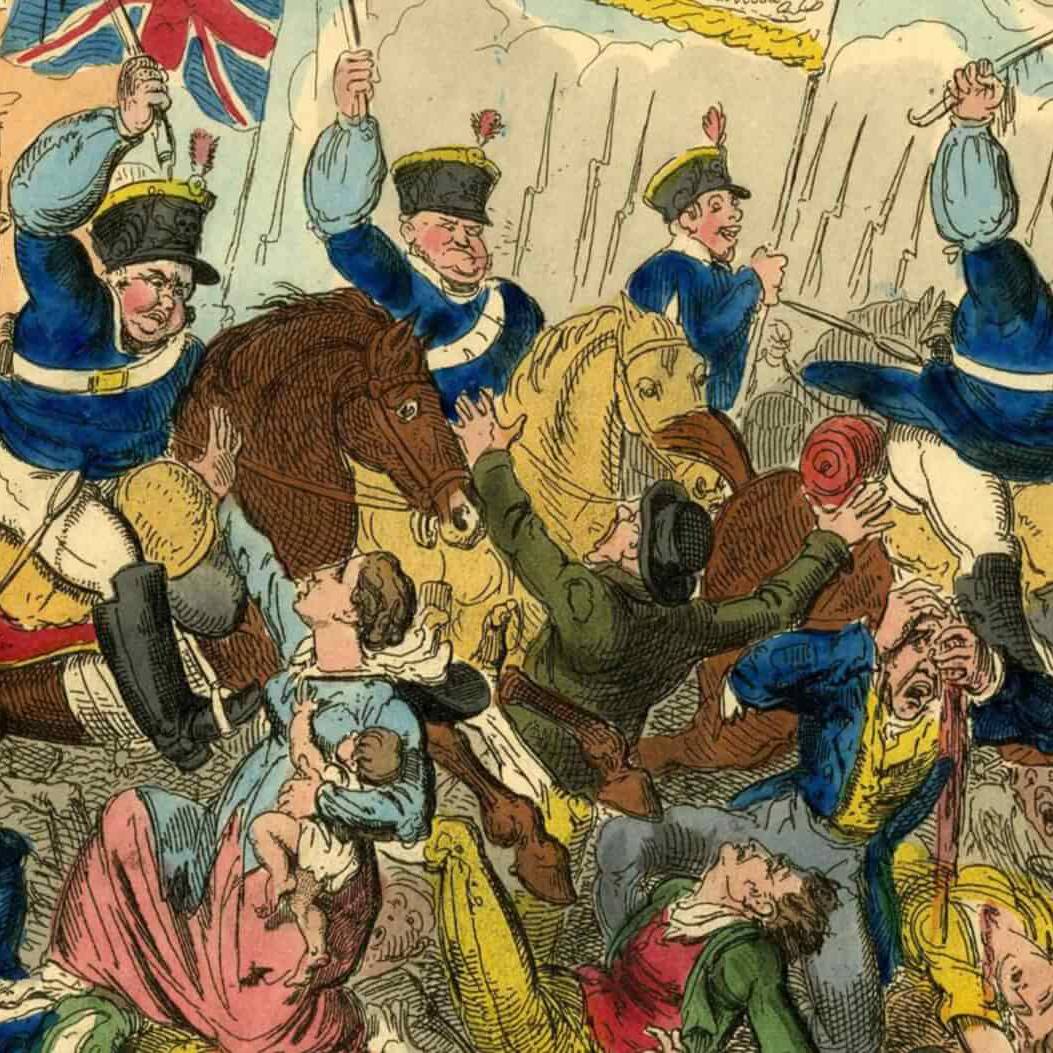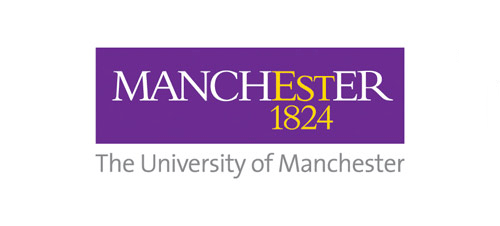A Service to Commemorate the Peterloo Massacre
View on map

Sun 7 Jul, 2pm
Free, no booking required.
On August 16th 1819, a peaceful gathering of 50,000-60,000 people met in St. Peter’s Fields to protest in favour of greater political representation. Within twenty minutes, 15 people were dead and 650 injured after a disorderly and violent attempt by the authorities to use cavalry to break up the meeting. Taking place just four years after the Battle of Waterloo, the tragedy was soon dubbed “Peterloo” in the press. Many historians see the protest as a key milestone in the development of campaigns for civil and political rights in Britain.
At the time, the country was in the midst of the industrial revolution, whilst also enduring a period of sustained economic hardship. Cities like Manchester grew rapidly, but lacked representation in parliament. The majority of men, and all women, were unable to vote. The protest at St Peter’s Field was the culmination of national campaign to push for a more representative parliament and a broader electorate.
This was also a period of revolutionary activity across Europe. The British government prided themselves on having avoided the revolutions that had hit several other European states, and sometimes struggled to tell the difference between popular protest and revolutionary action. Fear of a popular rising motivated the magistrates’ disproportionate response to the protest.
While the role of religion in events leading up to Peterloo is complex, it raises sobering questions for the Church. Many of the magistrates involved in the decision to use violence on August 16th were Church of England ministers, and Manchester sermons the following Sundays praised the authorities and condemned protesters. However, other clergy were more critical. The Rev. Edward Stanley, an eyewitness to events and future Bishop of Norwich, later testified in court to the peaceful nature of the protest and disordered response of the cavalry. Many of the protesters came from non-conformist Christian backgrounds, such as the Methodists, and had first encountered radical ideas in their Sunday Schools. The reformer Samuel Bamford had his church band lead the protestors marching to St. Peter’s Field from Middleton.
The story of Peterloo invites us to stop and reflect on the injustices and inequalities that continue to exist in the present world, and evaluate our responses to them. It highlights the dangers of acting out of fear, rather than listening to those we disagree with. On the 200th anniversary, we aim to remember those who died, repent of the times when the Church has supported oppression in the past, and commit ourselves to fighting injustice in the present and future.














